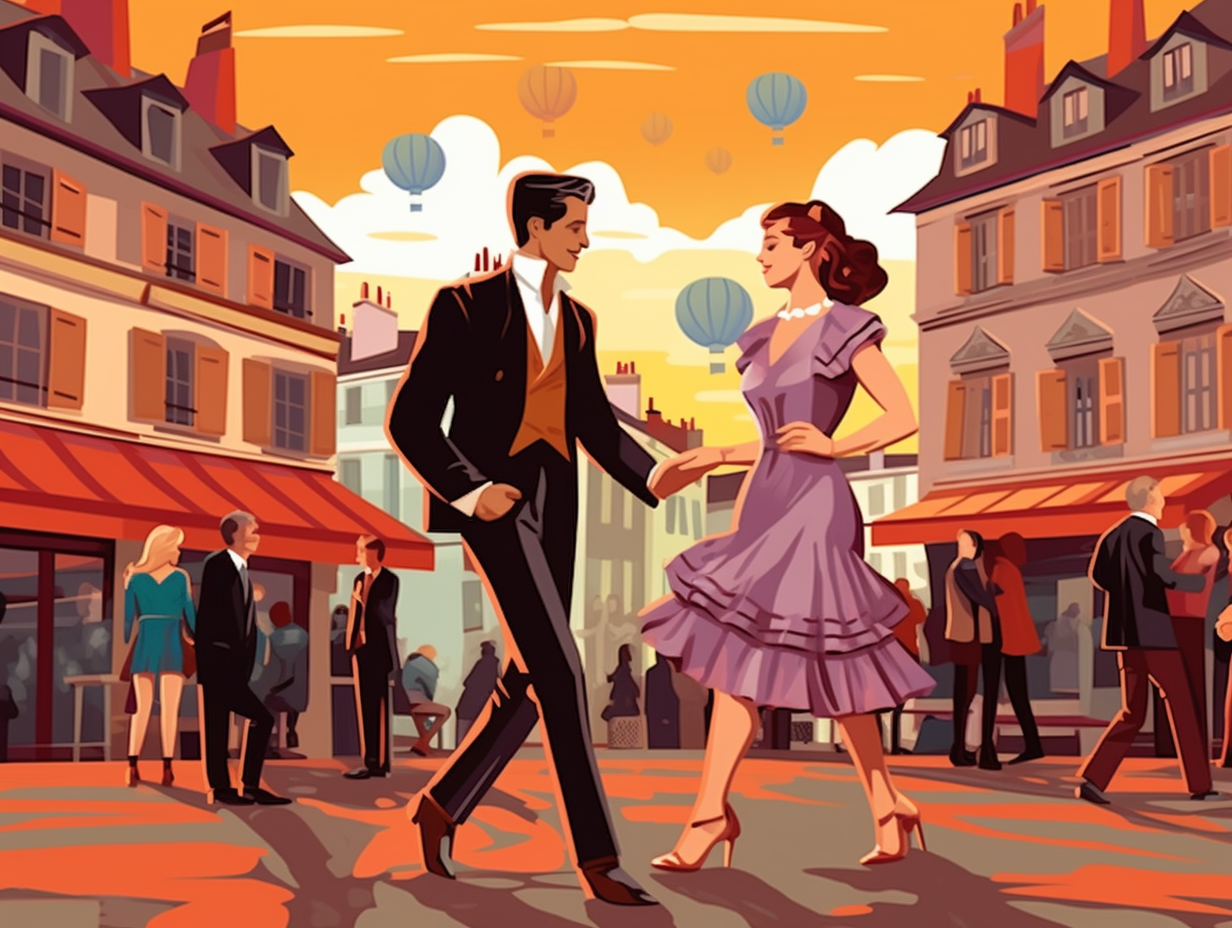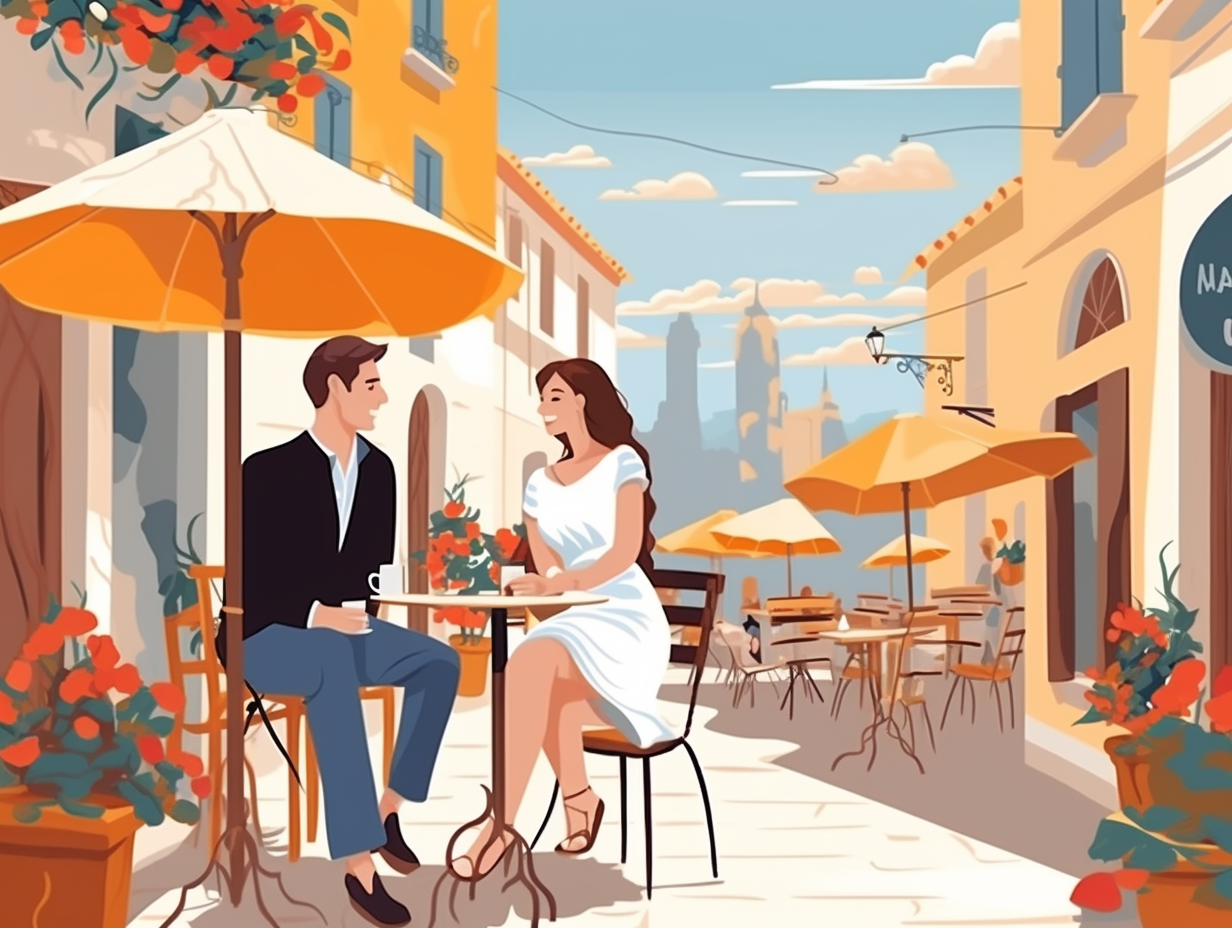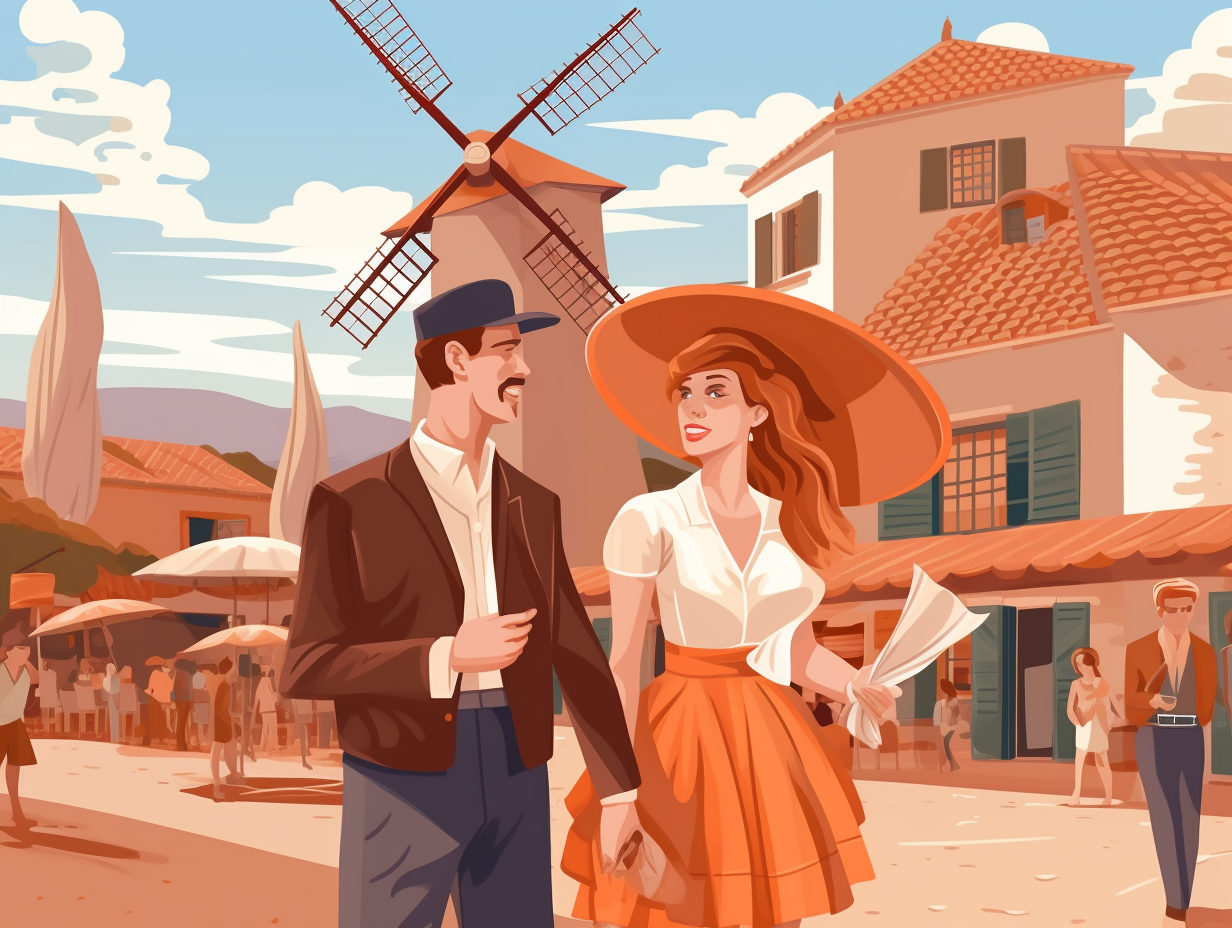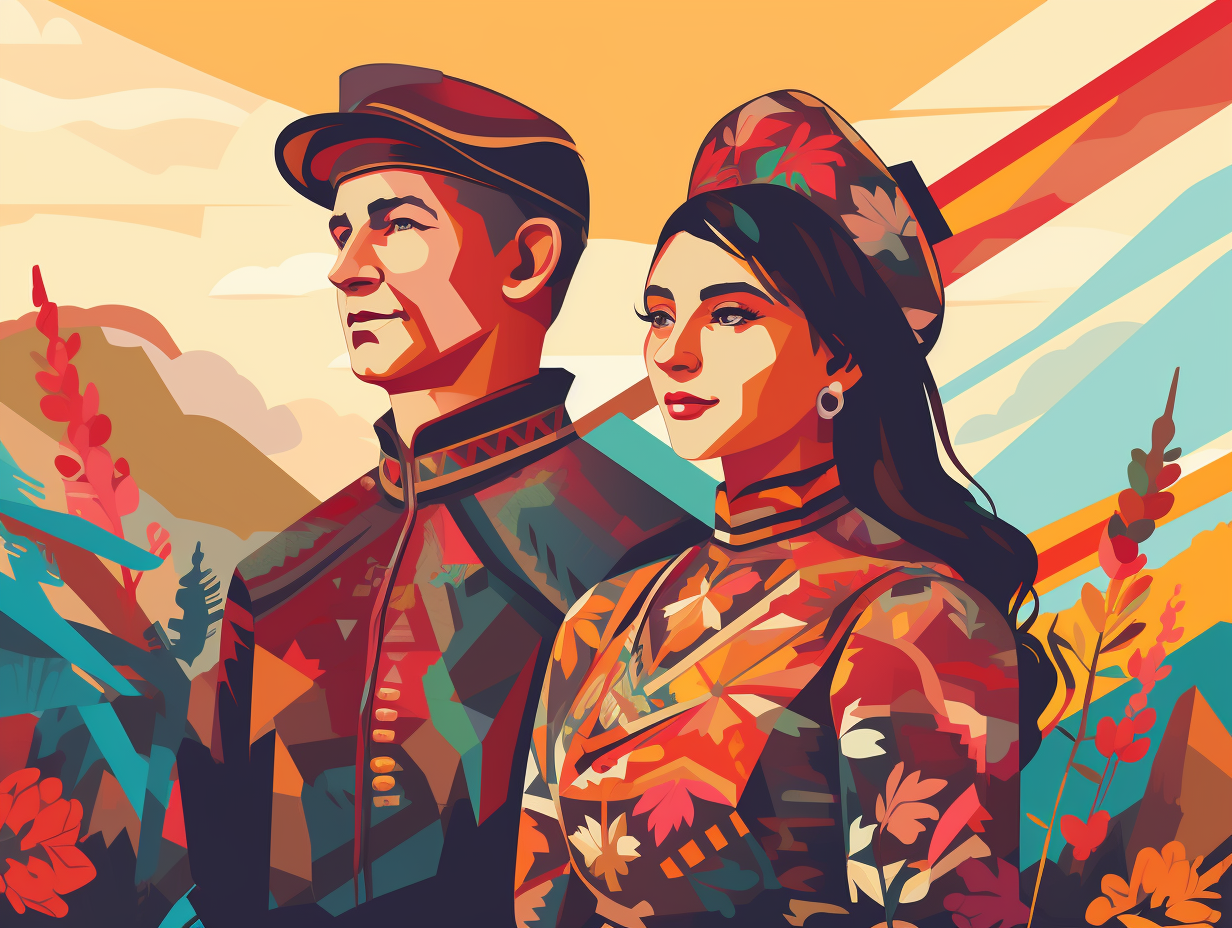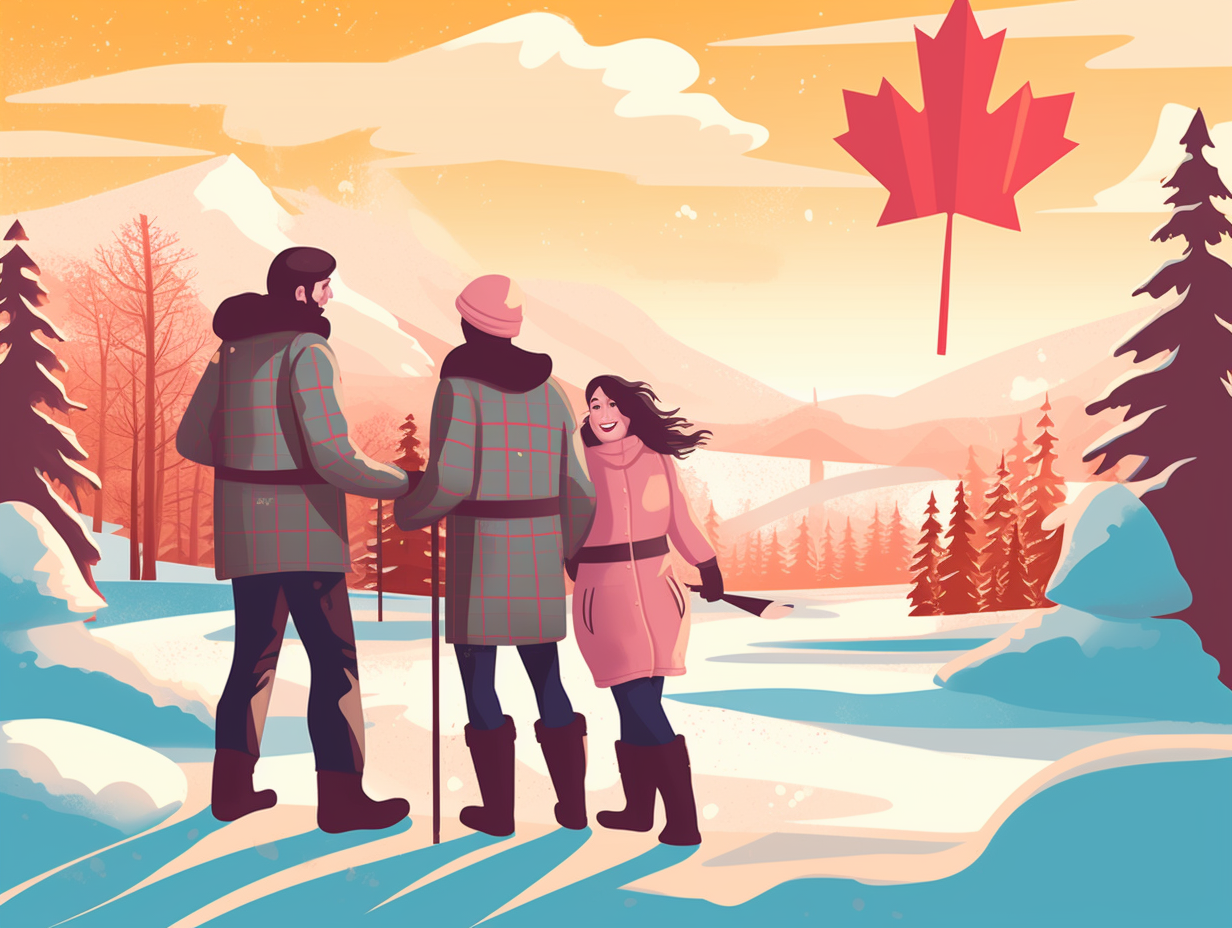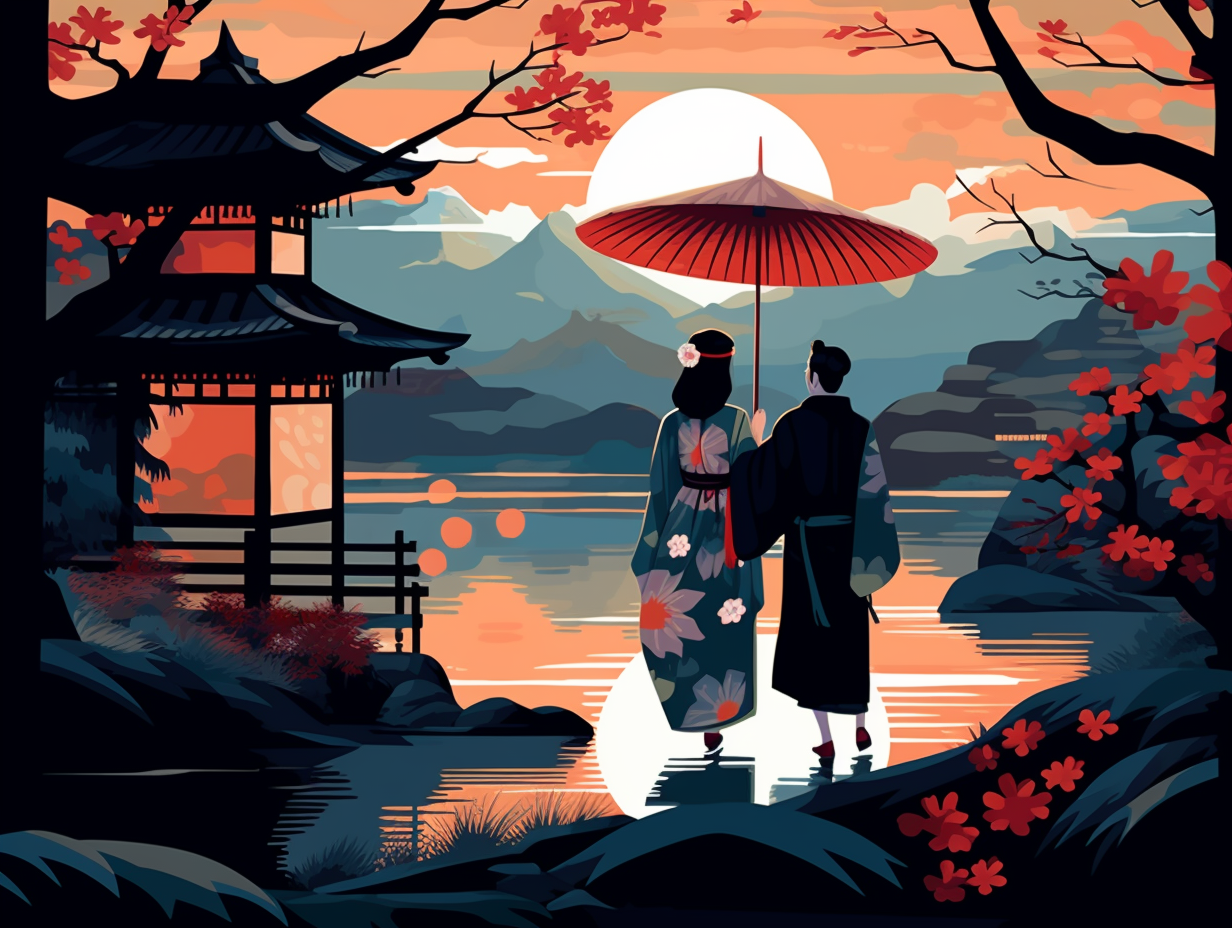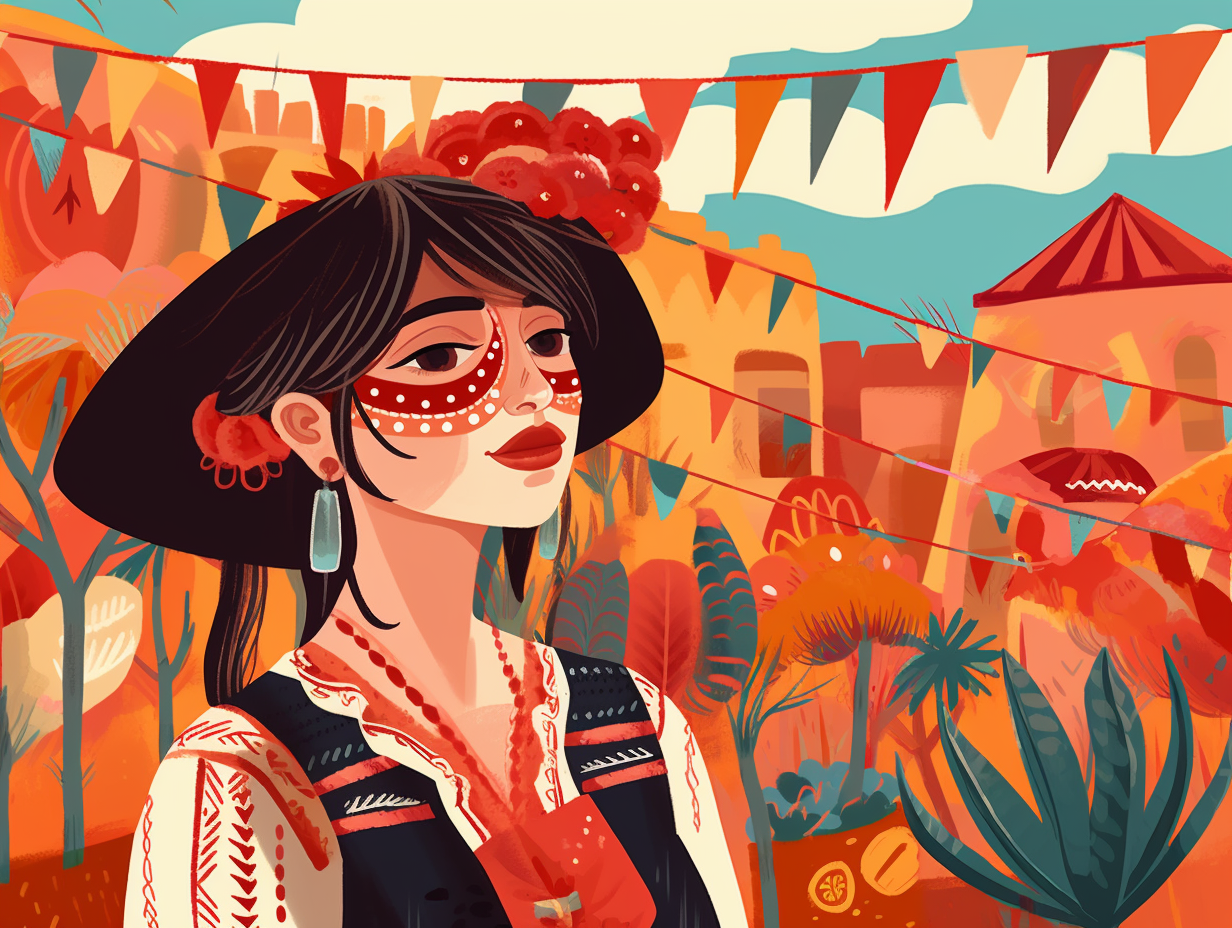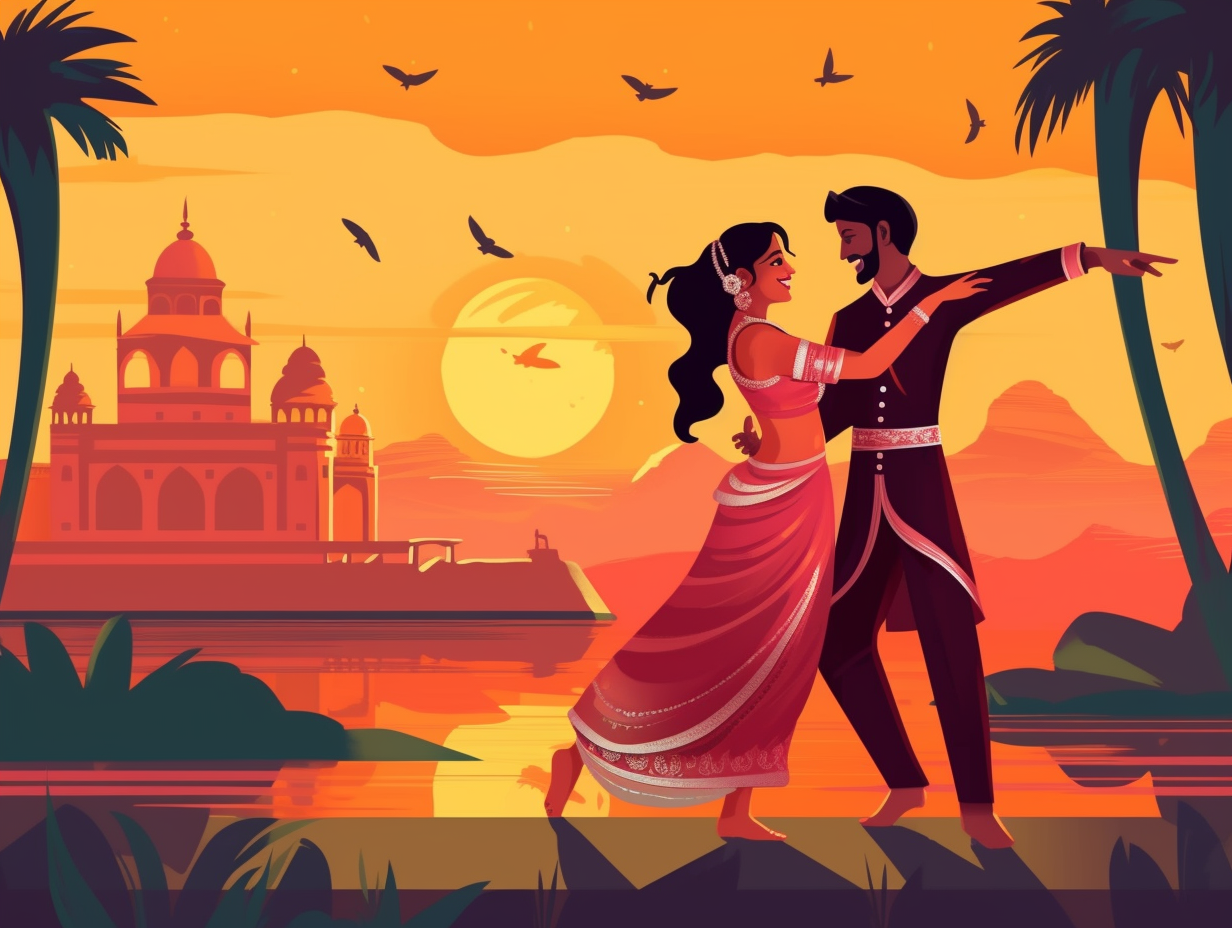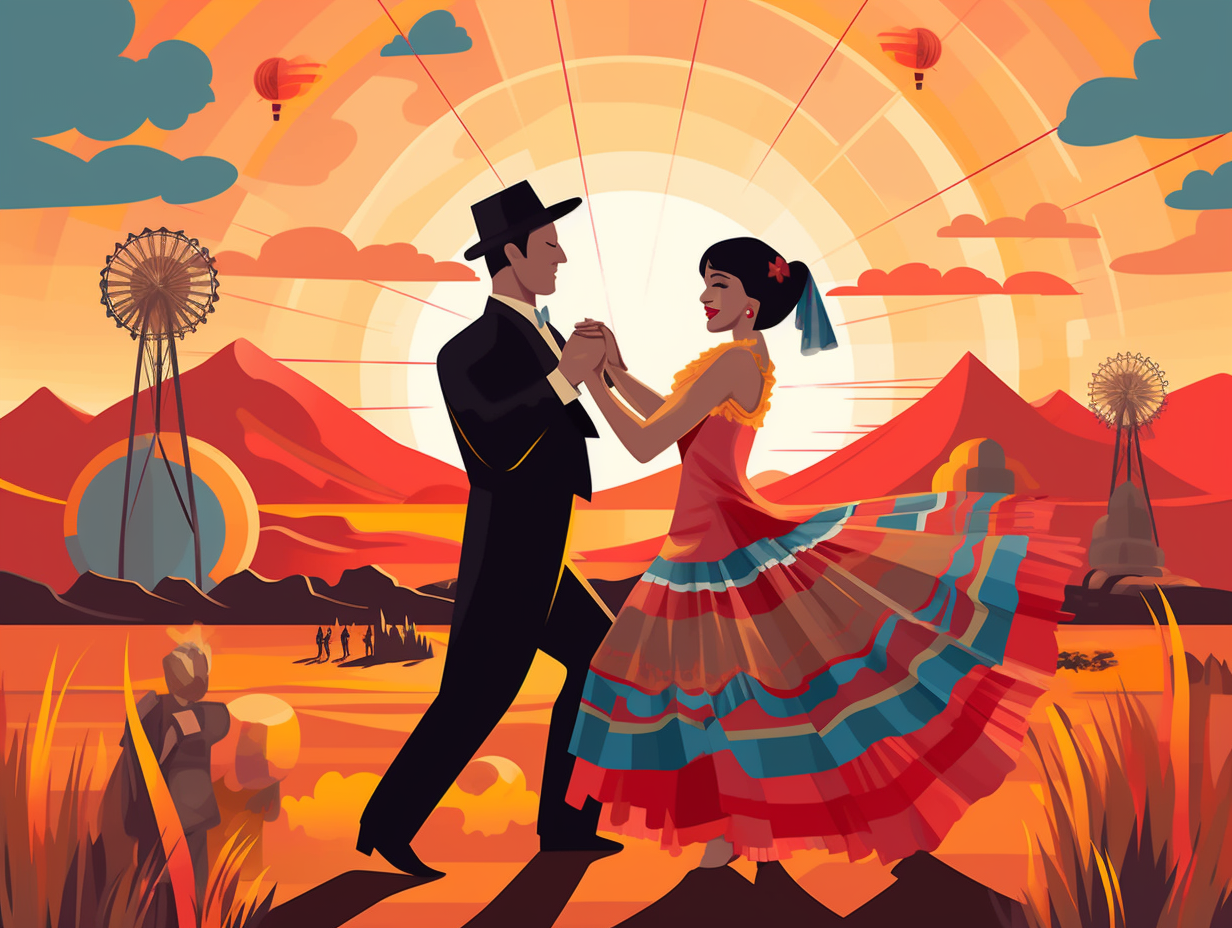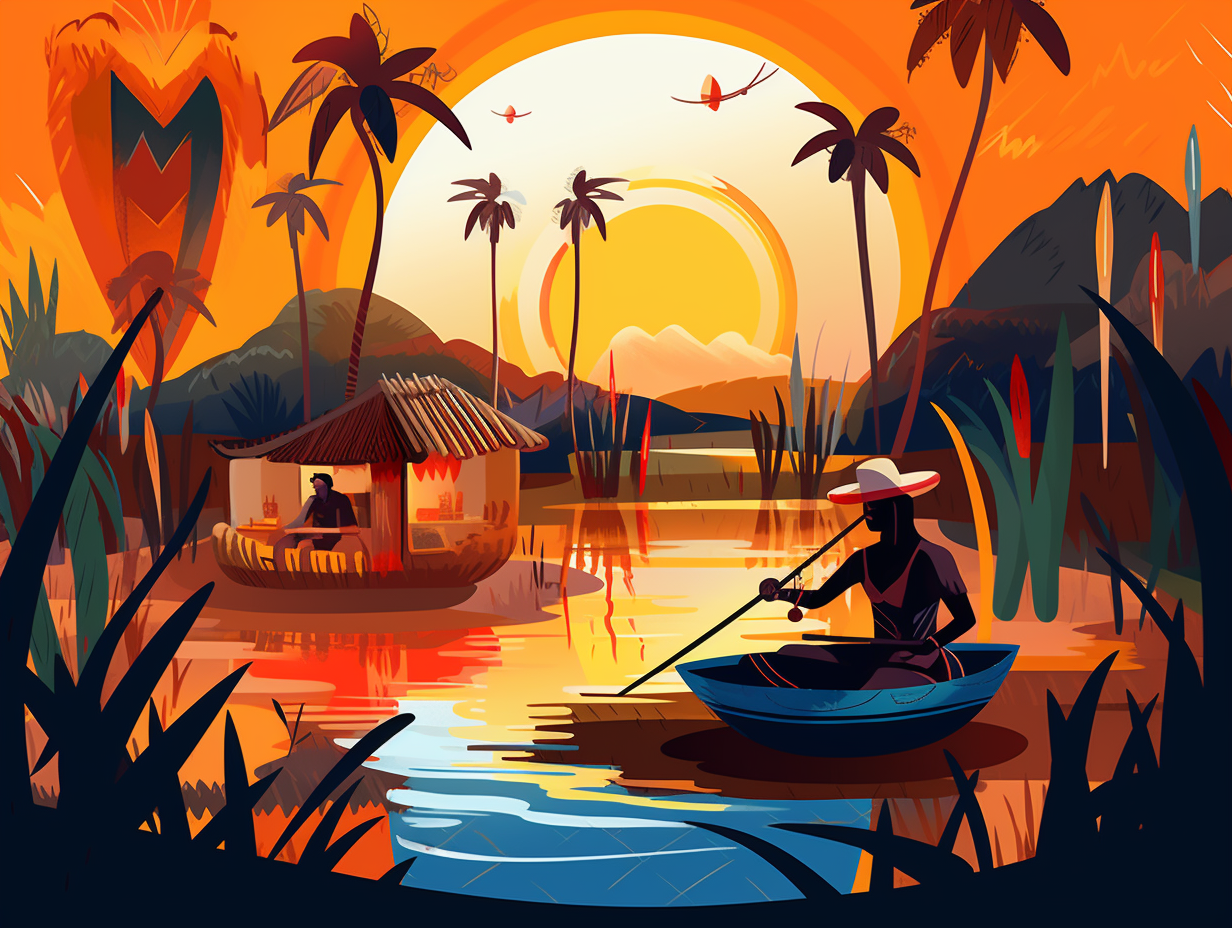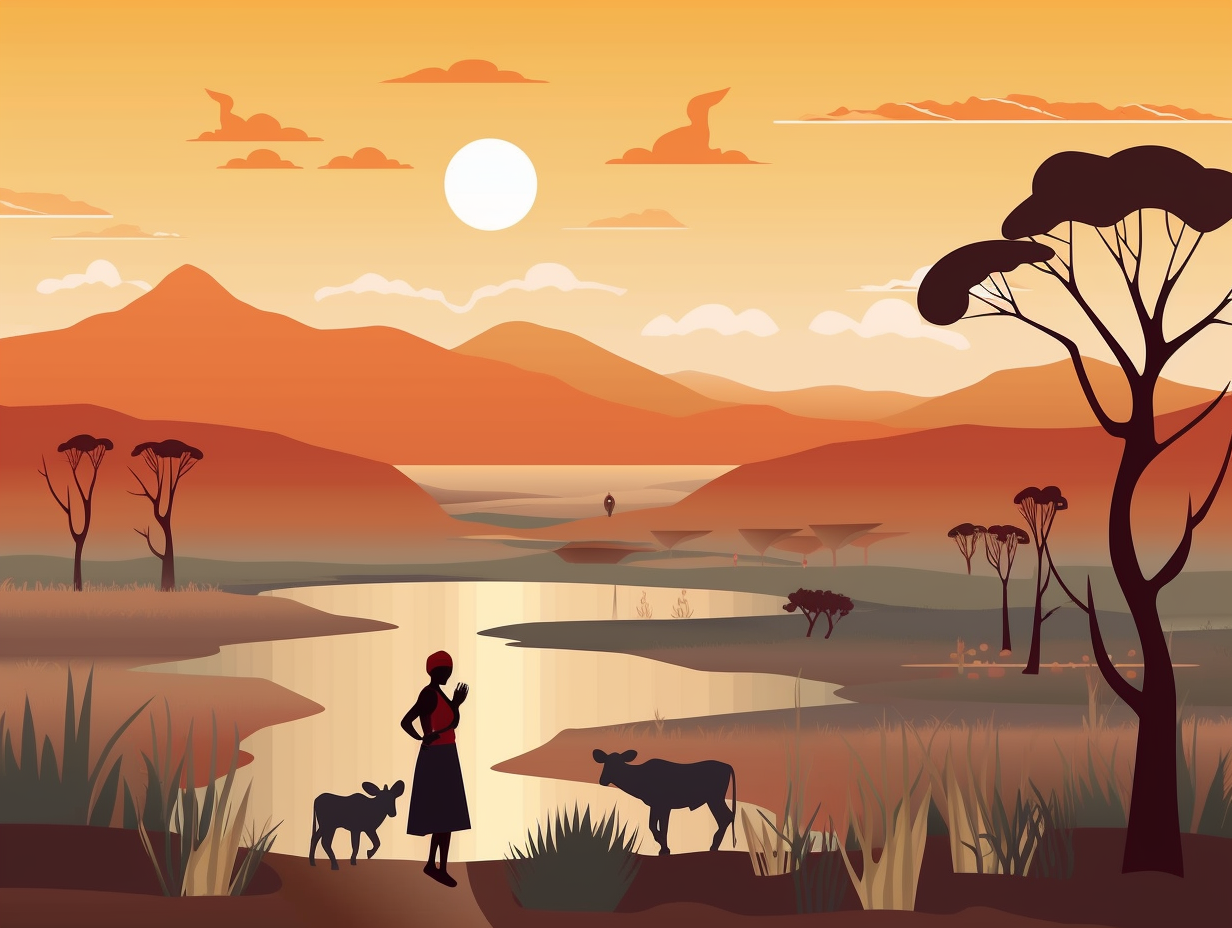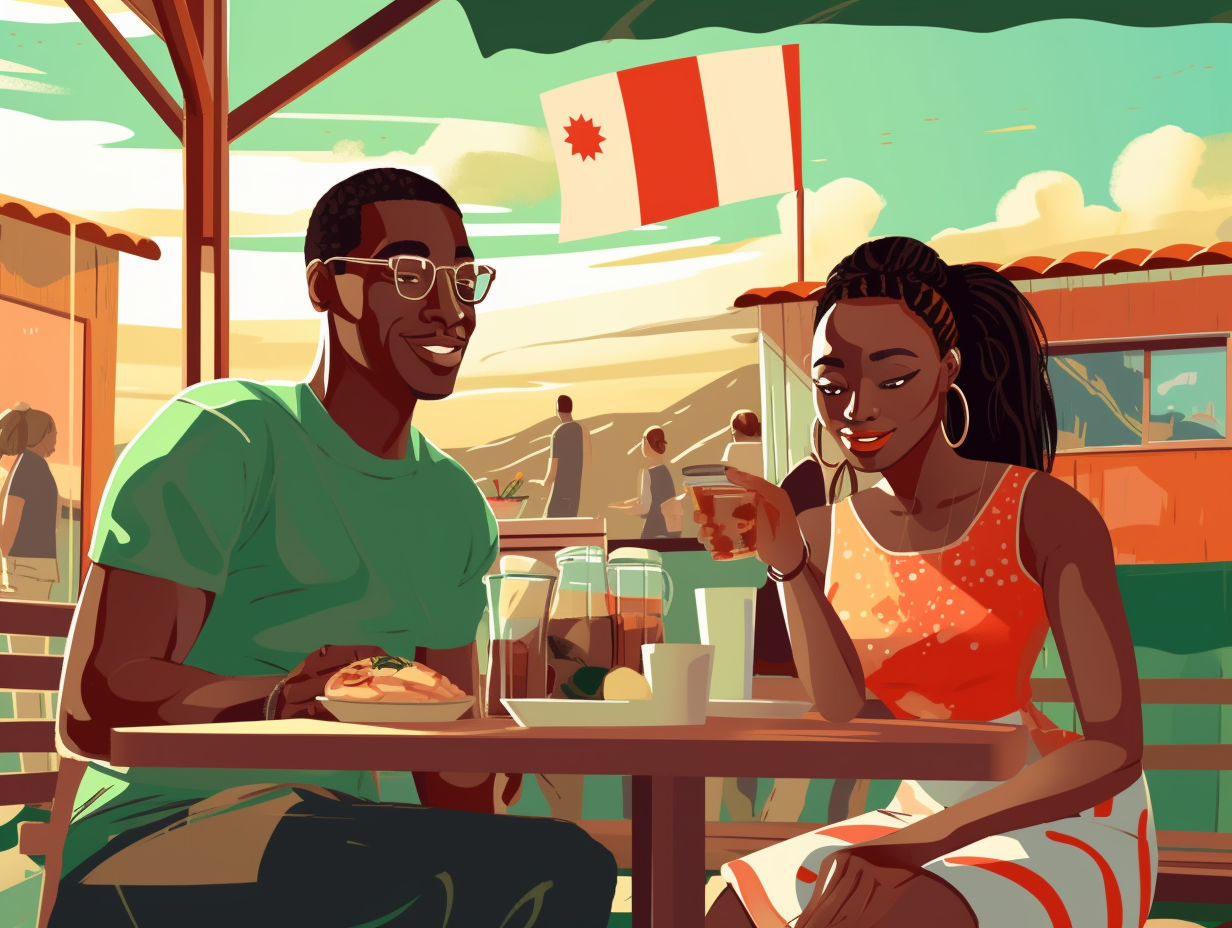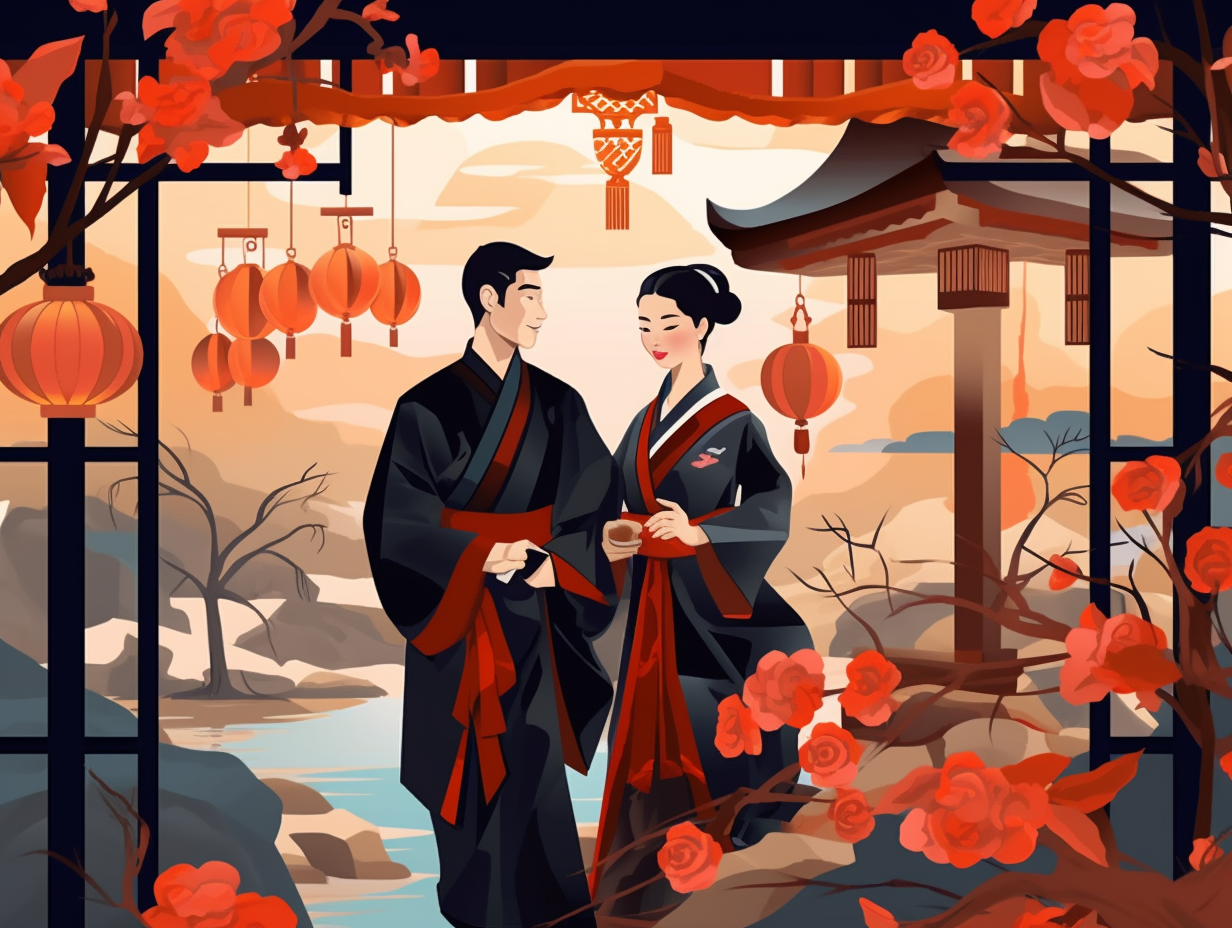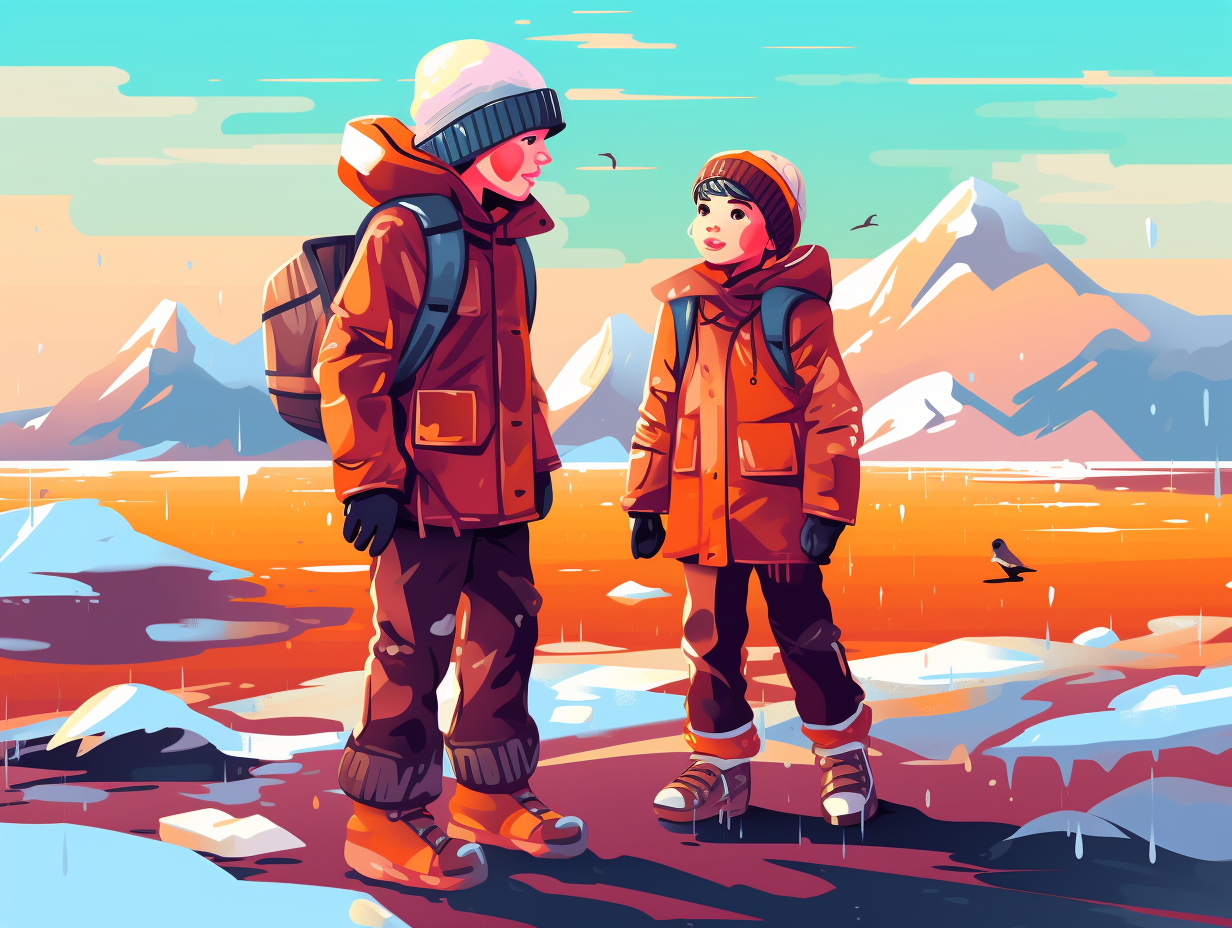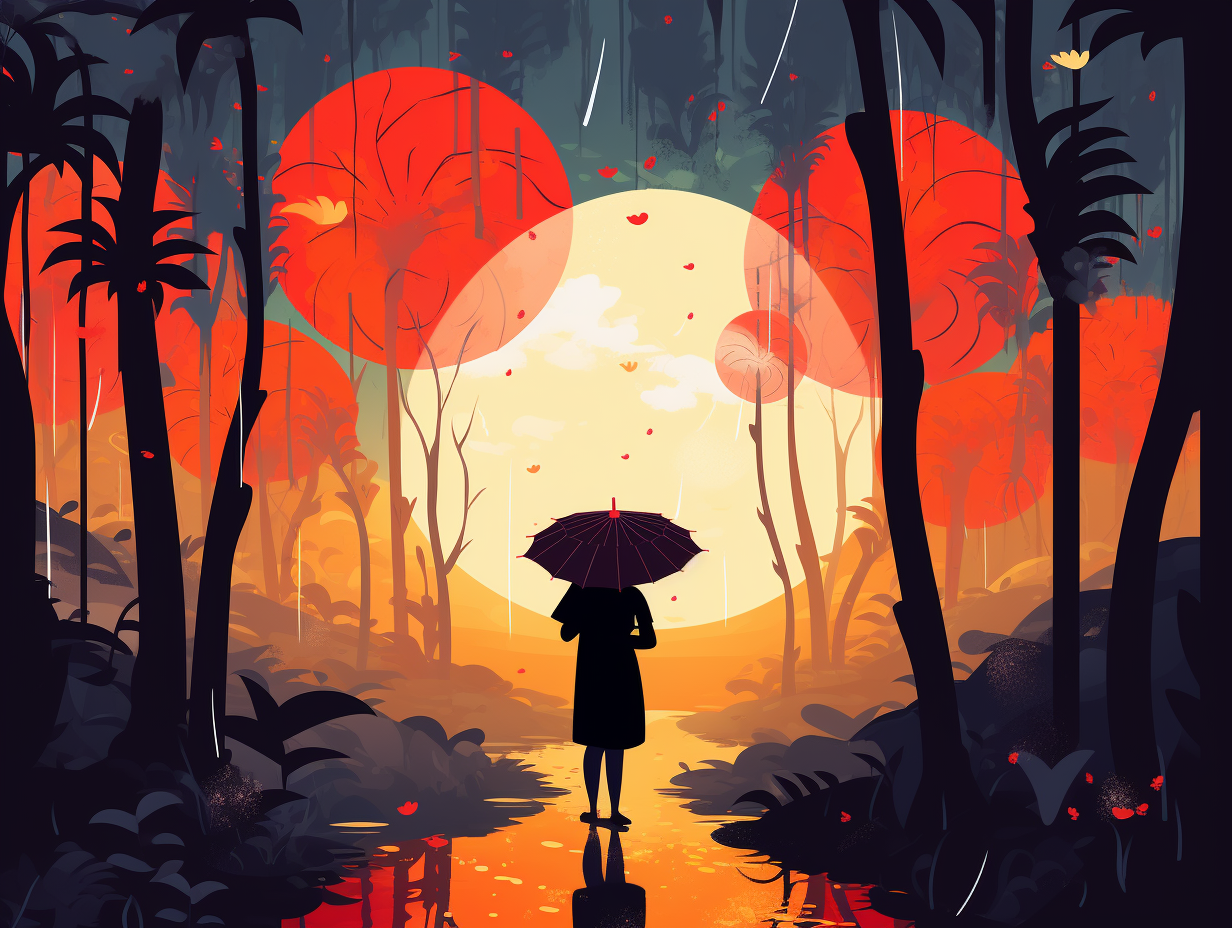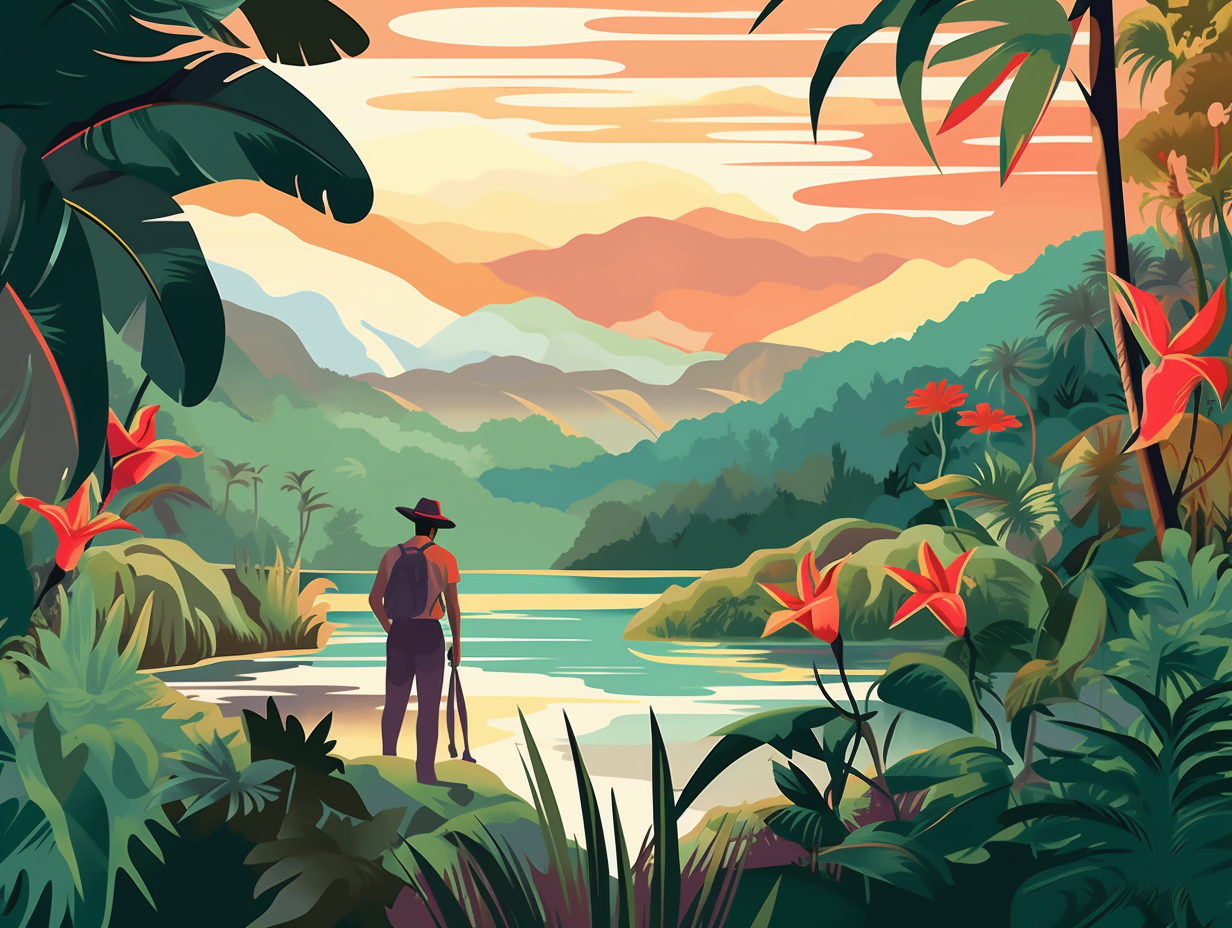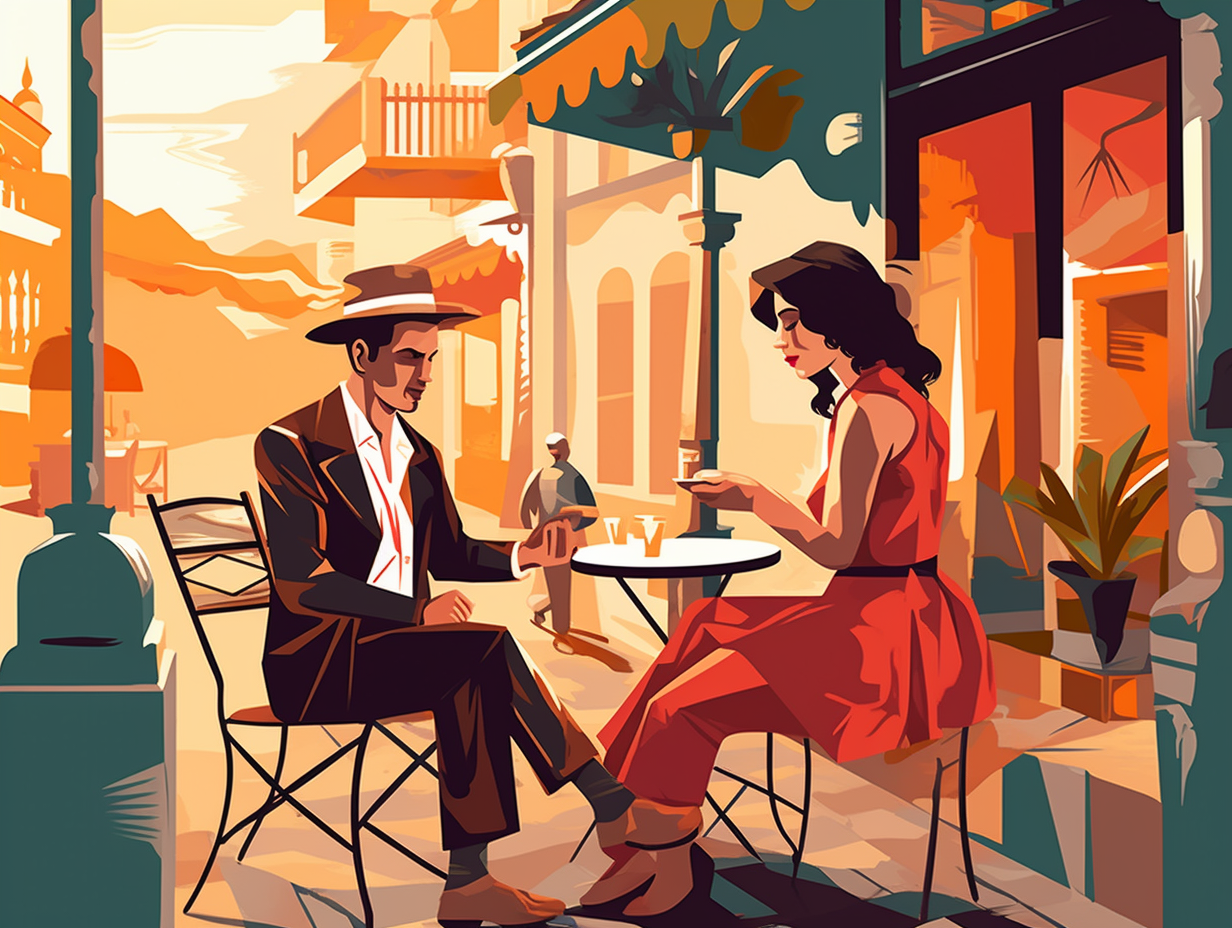Discover the Wonders of Poland: Top 21 Fun Facts You Never Knew!
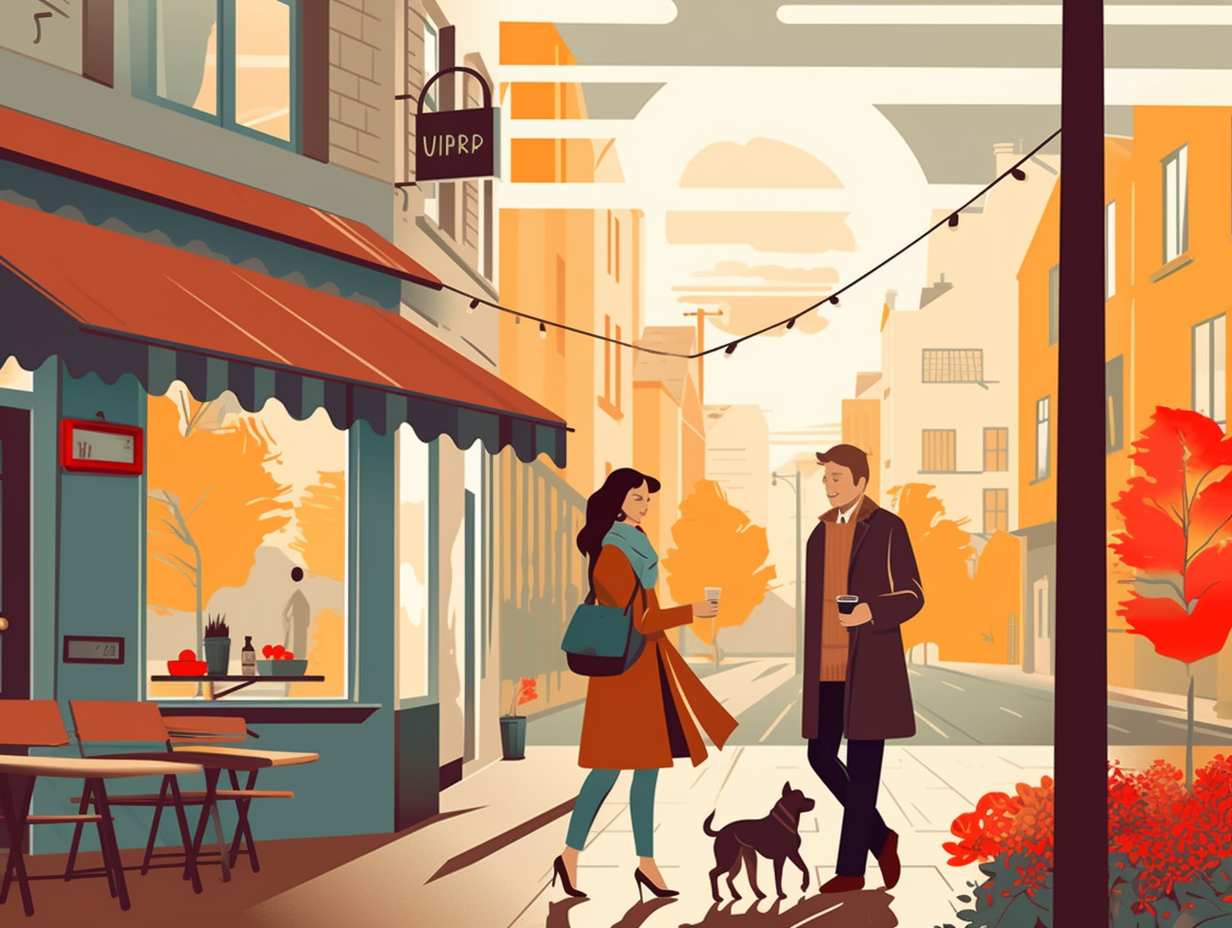
1. Suntago Waterpark Wonders
Who needs a genie in a bottle when you can take a slip and slide adventure amidst the magical wonders of a Polish paradise: Suntago Waterpark in Poland is home to a whopping 32 different water slides, earning its prestigious title as one of the largest indoor waterparks in all of Europe.
Source => traveltomorrow.com
2. Peacocks and Squirrels of Łazienki Park
In a twist only nature could conjure, the streets of Warsaw are graced with the struts of feathered royalty and the scurrying antics of bushy-tailed jesters: Łazienki Park, the largest park in Warsaw, is home to free-roaming peacocks and squirrels, initially a scenic bath park for nobles in the 17th century and ultimately transformed into a glorious setting of palaces, villas, and monuments by Poland's last monarch, Stanislaus II Augustus – a picturesque venue for music, arts, and culture, drawing tourists worldwide.
Source => en.wikipedia.org
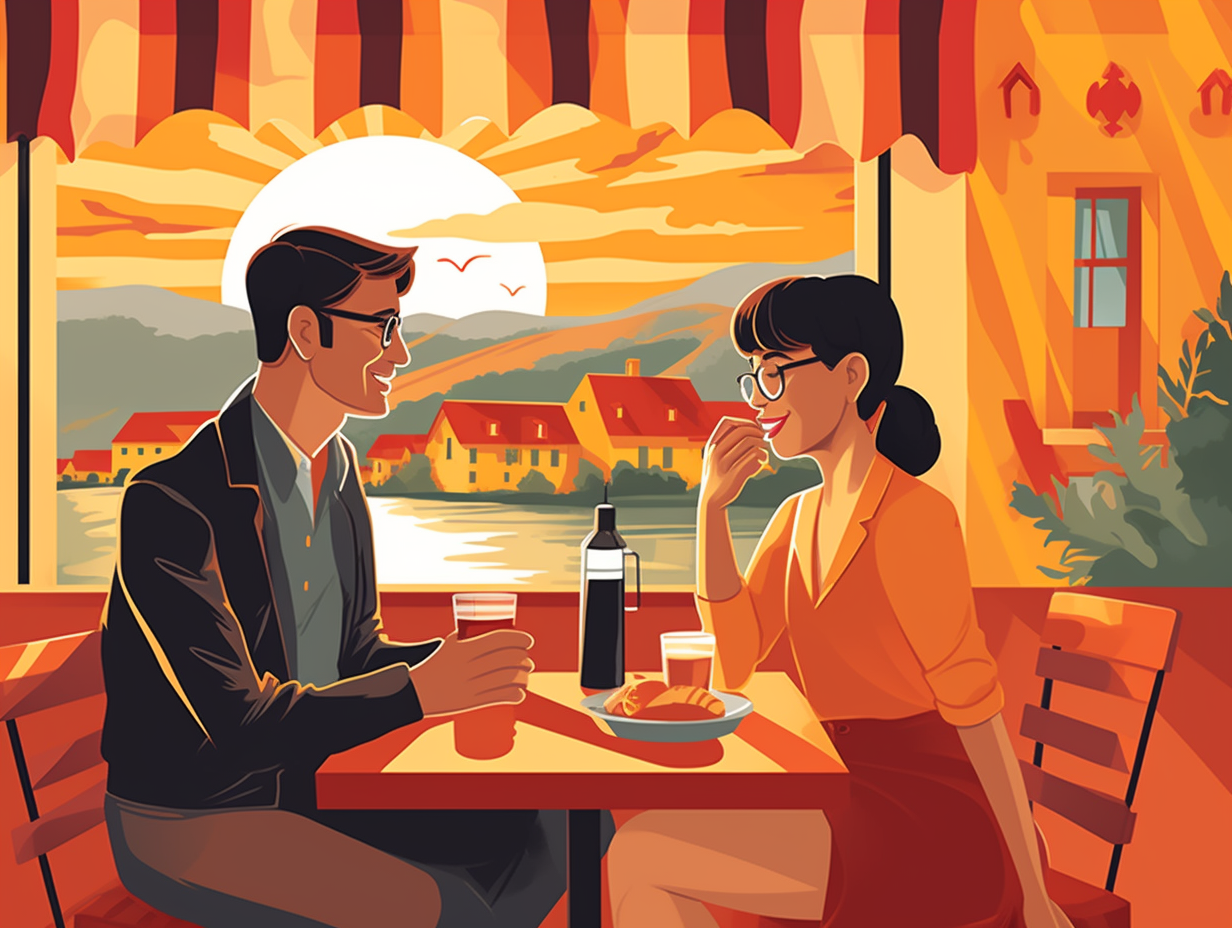
Did you know Germany's autobahns might never have a fixed speed limit, thanks to the Free Democrats party's intriguing proposal for dynamic limits? Find out why!
=> Fun Facts about Germany
3. Bison Grass Vodka
When it comes to boozing in Poland, the secret ingredient isn't love – it's bison grass: Żubrówka vodka features a blade of this natural wonder plucked straight from the Białowieża Forest in each bottle. With roots in a 14th-century recipe, commercial production began in 1928 at the Polmos Białystok distillery, making this unique vodka the third or fourth best-selling vodka brand worldwide, found in over 80 markets.
Source => en.wikipedia.org
4. Carpathian Brown Bear Population
Who knew Goldilocks had so many bears to choose from? Turns out Poland has a lot of hairy residents! But don't pack your bags just yet, bear enthusiasts: Although Poland is part of the Carpathian range and home to a significant brown bear population, the highest concentration of these cuddly creatures in Europe is actually spread across the Carpathian population that includes Poland, Slovakia, Ukraine, Romania, Serbia, and the Czech Republic, with an estimated 8000 brown bears classified as "vulnerable."
Source => carpathianbear.pl
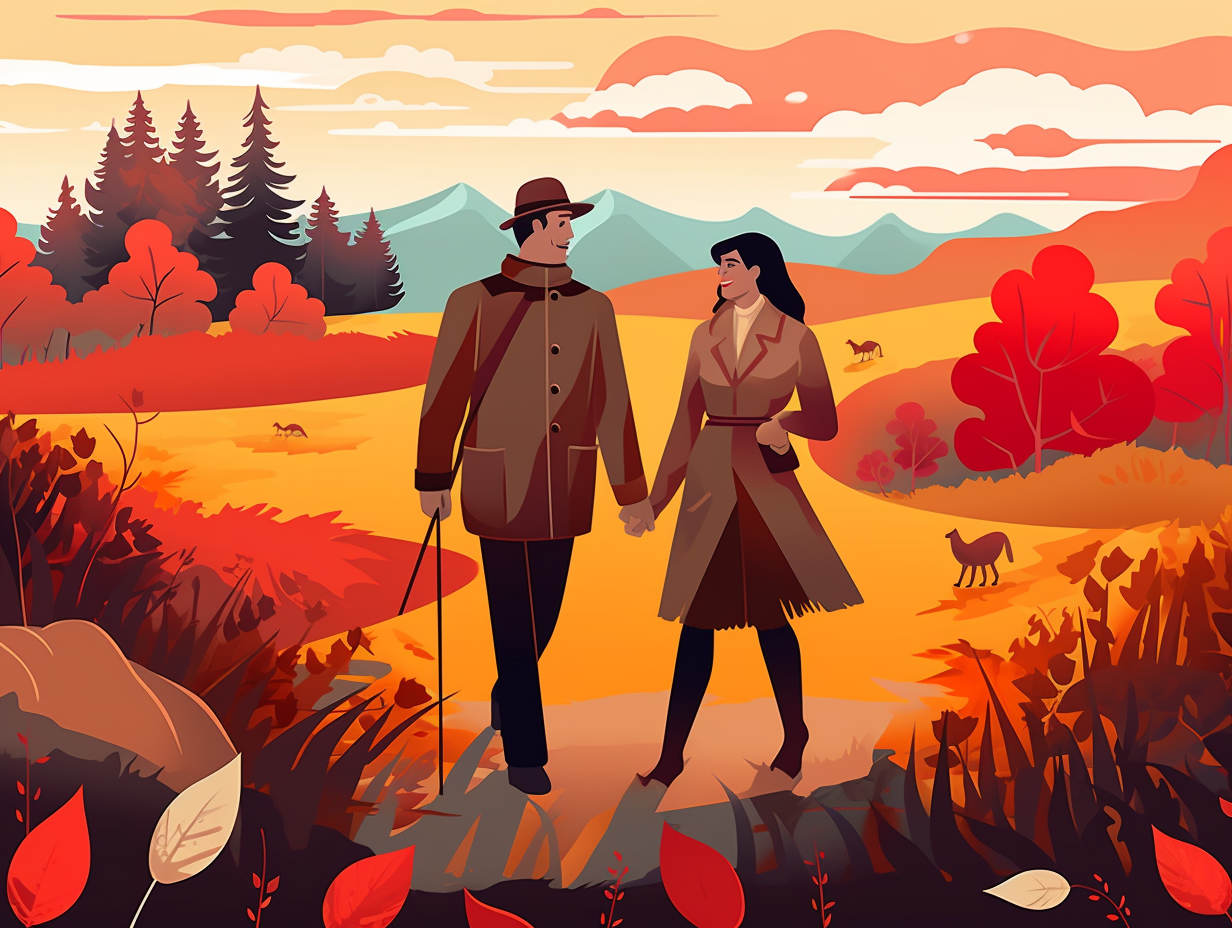
5. St. Martin's Day and Rogal Świętomarciński
In Poland, it's all about legions, legends, and luscious horseshoe pastries: On November 11th, St. Martin's Day coincides with the country's Independence Day, and the city of Poznań throws a vibrant bash with parades, fairgrounds, and fireworks, celebrating a Roman-costumed "Saint Martin" on horseback. The pièce de résistance is the rogal świętomarciński, a protected Saint Martin Croissant, skillfully crafted by certified Poznań bakers using traditional ingredients like white poppy seeds, almonds, and candied orange peel, all while paying homage to a horseshoe-shaped legend of charity.
Source => keytopoland.com
6. European Bison of Białowieża Forest
Amidst the trees where Bison Gump roams, unlikely neighbors Poland and Belarus find something truly unique about this "tail": The Białowieża Forest houses the largest population of European bison, Europe's heaviest land animal, with 800 strong; it is also a UNESCO World Heritage Site and a protected biosphere reserve.
Source => en.wikipedia.org
7. Hejnał Mariacki Bugle Call
"Trumpeting" the news, old-school style: In Kraków, a bugle call at noon rings through the airwaves, but instead of heralding a juicy scandal or triumphant victory, it signals the Hejnał mariacki, a five-note melody played daily from the highest tower of St. Mary's Basilica. This time-honored tradition has been going strong since the Middle Ages, and is not only a local affair but also broadcast live on the Polish national radio station, Polskie Radio, keeping ears perked and hearts nostalgic across the country.
Source => en.wikipedia.org
8. Oplatek Christmas Eve Wafers
In Poland, Christmas Eve dinner is like an Oprah giveaway: You get a wafer! You get a wafer! Everybody gets a wafer!: This festive tradition involves families sharing a thin, flat wafer called an oplatek, with each member expressing their good wishes for the coming year before breaking off a piece and passing it around, symbolizing love and unity within the family.
Source => npr.org
9. Zamosc - A Cultural Melting Pot
Where the elite meet to culture their minds - with a side of architectural eye candy: Zamosc, Poland was settled in 1580 by Jan Zamoyski and swiftly became a melting pot by welcoming Armenians, Jews, and Greeks, leading to the establishment of the Zamojski Academy and a printing press by 1595, and featuring breathtaking architectural wonders masterminded by Italian architect Bernardo Morando throughout the town.
Source => poland.pl
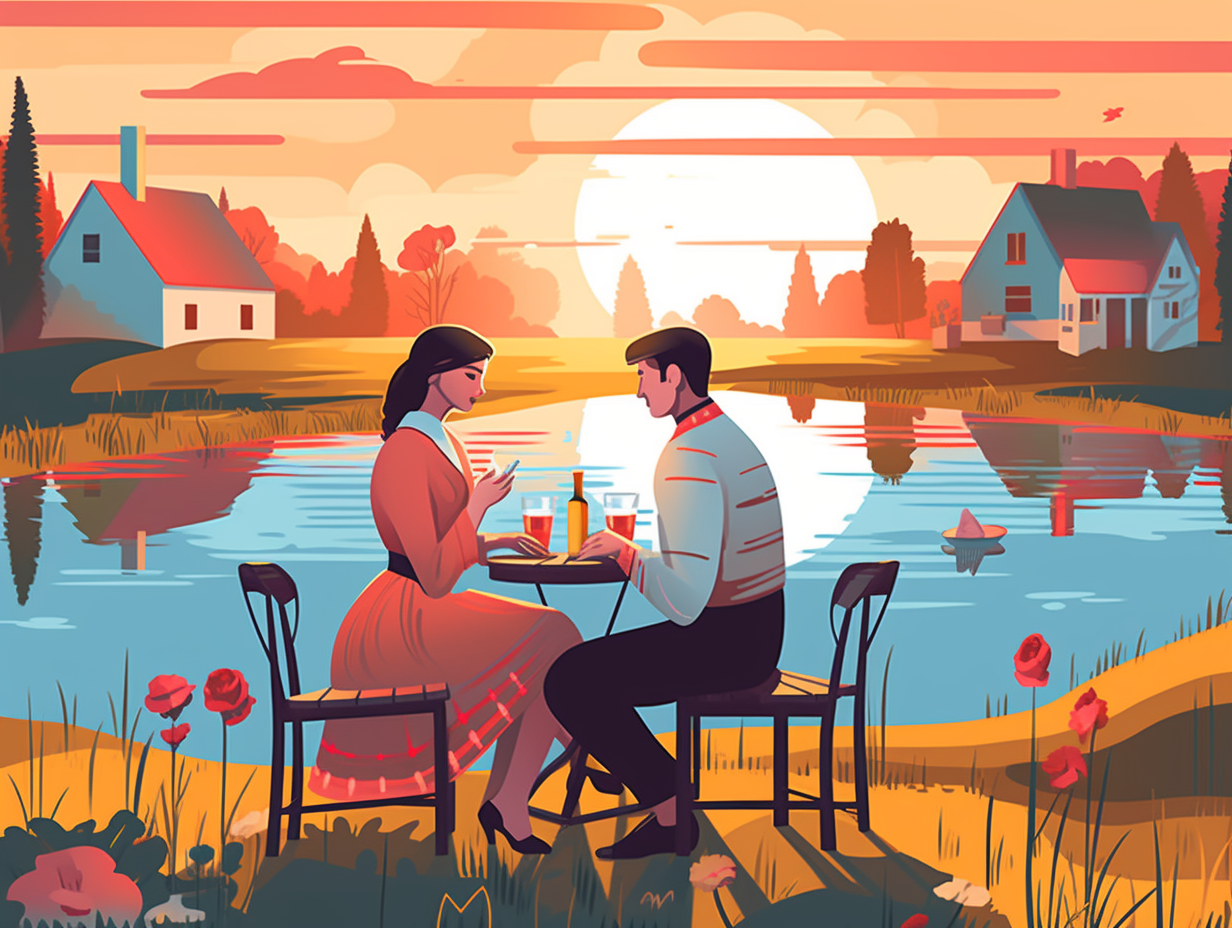
10. Faworki Pastries
Forget fireworks, Poland's got faworki to satisfy your sweet tooth: Faworki, or chrusciki, are traditional Polish pastries that are crispy, deep-fried, and dusted with powdered sugar, often enjoyed during Fat Thursday celebrations – and they're named after colorful clothing ribbons, not the French term for pyrotechnics!
Source => everyday-delicious.com
11. All Saints Day Grave-hopping
When the going gets tough, the tough go grave-hopping: Poland's All Saints Day, celebrated on November 1st, is a national holiday where people visit the graves of their loved ones, honoring and seeking guidance from the departed in a solemn and deeply rooted cultural tradition.
Source => postcardpoland.com
12. Polish Christmas Caroling
Forget the Grammy Awards and costume parties: Poland's got the ultimate festive mashup with their Christmas caroling traditions! Dressed as biblical characters from the Bethlehem Crib, carolers visit homes, singing ancient hymns in exchange for treats: This dates back centuries, with the oldest Polish carol from the 15th century found in their rich repertoire, like "The Angel Told the Shepherds" and "Lullaby Jesus Child." Expect to experience joyous tunes from Christmas Eve until the Three Kings Day.
Source => letsteacheurope-erasmus.site
13. Zywkowo's White Storks
In Poland, the stork isn't just the harbinger of babies, it's also the starhest of summer blockabitdests: The village of Zywkowo boasts a colossal 43 pairs of nesting white storks. These feathered tenants migrate annually from southern Africa, attracted to the delectable pastures, farmlands, and wetlands of northeast Poland, where almost three-quarters of the country's storks reside. Despite a recent dip in the Polish stork population, the abundance of resources in this region continues providing the perfect setting for their breeding vacation.
Source => nytimes.com
14. Ogórki Kiszone Pickling
You know you're in a bit of a pickle when Poland's got you covered: their traditional method of cucumber preservation, "Ogórki Kiszone," turns those green delights into sour, crisp treats through lacto-fermentation in a brine solution that contains a smorgasbord of ingredients such as pickling salt, mustard seeds, garlic, dill, horseradish, bay leaf, and various other leaves like cherry, grape, or even oak. Just one to three weeks of soaking and you'll be relishing the tangy crunch!
Source => polishhousewife.com
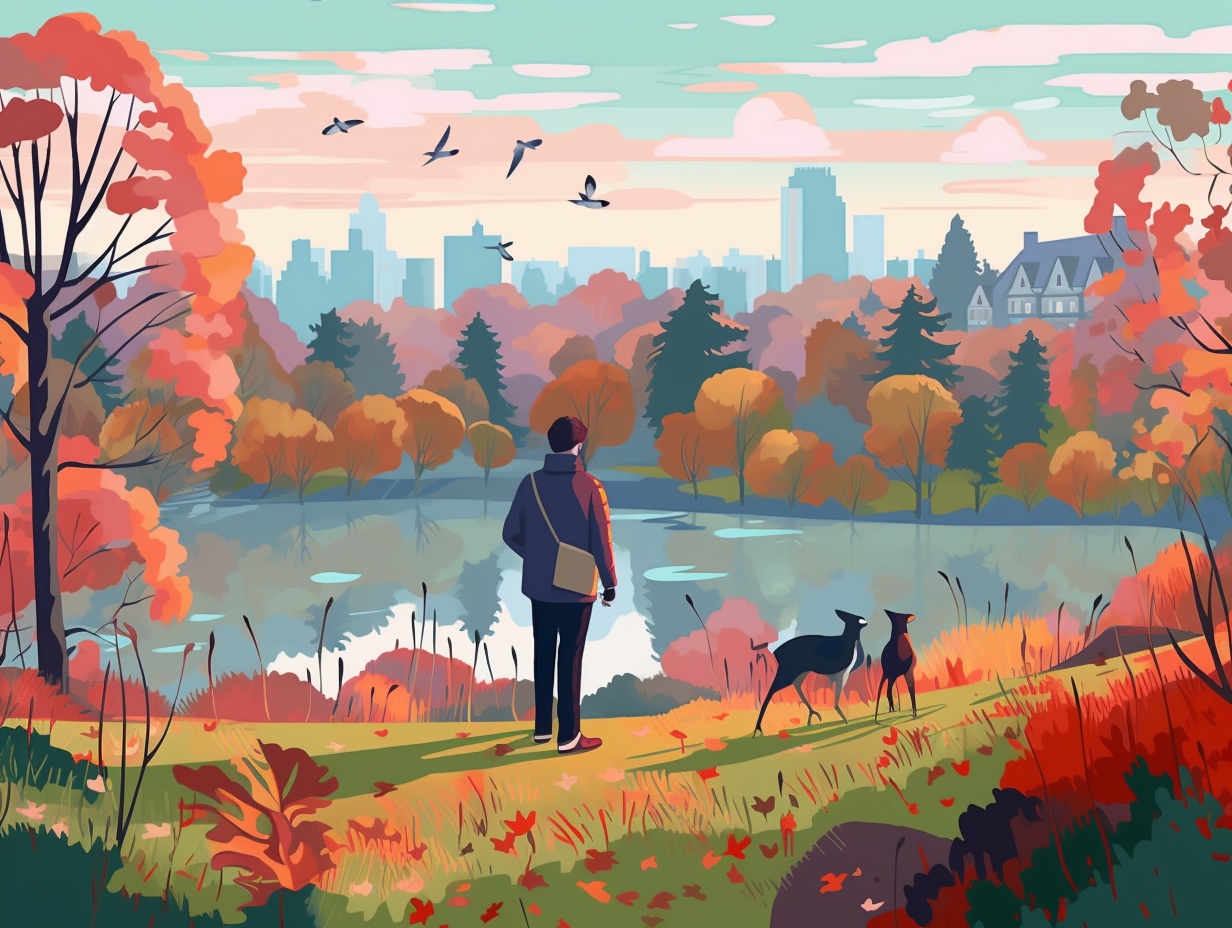
15. Gołdap's Rejuvenating Air
Inhale the magic lung potion of Gołdap: This Polish town not only serves as a mud treatment resort in the Warmia and Masuria region, but also boasts the purest air around, featuring a Health Resort Promenade, mineral water drinking room, and graduation towers for the ultimate rejuvenating experience.
Source => mazury.travel
16. Upside Down House in Szymbark
In a topsy-turvy world of Polish prestidigitation, imagine a house that throws normalcy for a loop so surreal, it'll have you questioning your very sanity: Behold the Upside Down House in Szymbark Cultural Centre, constructed in 2007 as a political statement against communist rule, complete with a tilted design and 1970s furnishings – enter through the attic windows for the ultimate anti-communist trip down memory lane!
Source => atlasobscura.com
17. Wycinanki Paper Art
Before the age of Netflix and chill, Polish shepherds went snip, snip, and scissor: Wycinanki, the traditional Polish art of paper cutting, began in the 1800s as shepherds creatively passed time using leather and tree bark to make intricate cutout designs. The craft evolved to use paper as its medium and now showcases regional distinct styles including the profoundly intricate, single-colored Kurpie cuttings, and the vibrant, multilayered Lowicz art form. Wycinanki continues to flourish with stunningly crafted designs made by modern scissor-wielding artists.
Source => sitesandstories.wordpress.com
18. Warsaw's Mermaid
In Warsaw, forget the Starbucks mermaid - there's a golden-haired siren of their own brewing magical mischief: Legend has it that a gorgeous mermaid made Warsaw her abode centuries ago, charming fishermen with her enchanting song about the Vistula River. This musical muse has become such an endearing emblem of the city that her image, armed with a sword and shield, now graces Warsaw's coat of arms, while statues of her can be found sprinkled all over town, including Old Town Square and the Markiewicz viaduct near Hotel Bristol.
Source => warsawtour.pl
19. Błędów Desert
Step aside, Lawrence of Arabia, there's a new sandy superstar in town: Poland's Jura region houses the Błędów Desert, Europe's largest accumulation of loose sands, covering over 150 km², created by melting glaciers, deforestation, and falling groundwater levels, once serving as the German Afrika Korps' training ground during WWII, and still used as a military training area today.
Source => krakow.wiki
20. Słowiński National Park's Shifting Dunes
Poland's dunes are more indecisive than your friend at a brunch buffet, constantly moving their sandy selves and making the coastline a guessing game: At Słowiński National Park, winds cause the shifting dunes to inch their way towards the land by 5-10 centimeters each year, showcasing the beauty of nature's dance with the adjacent salt lake and Baltic Sea, while providing a habitat for an array of protected flora and fauna.
Source => theblondtravels.com
21. Poland's Milk Bars
In the land of pierogi and kielbasa, it's udder-ly surprising: Poland's famous milk bars, or "bar mleczny," was first started by Stanisław Dłużewski in the 19th century, as inexpensive spots offering predominantly dairy-based and vegetarian meals that became popular during the Great Depression and World War II. Today, these government-subsidized cafeterias provide good quality food and have become nostalgic hangouts, still offering affordable and wholesome meals to their customers.
Source => en.wikipedia.org
Related Fun Facts

